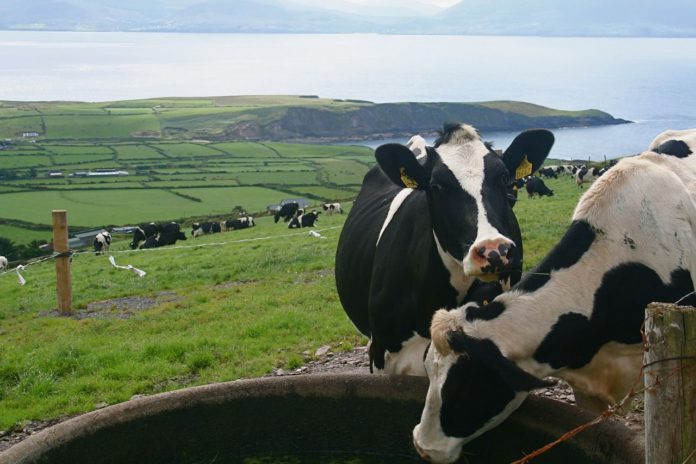Glanbia removes peak milk limits for 2022
Glanbia has, today (Thursday, May 5th, 2022), confirmed that it has removed its peak milk limits for 2022.
The news comes following its board’s latest review of milk supply forecasts for this year.
It has announced that it will not apply any penalties to milk suppliers that exceed their peak milk allocations in May or June 2022.
The board will not deduct any penalties from the small number of suppliers that exceeded their individual peak allocation for April.
For the year-to-date, milk supply to Glanbia is running 2.3% behind the same period in 2021.
The processor has cited the “unprecedented” surge in farm input costs as the primary reason for this.
According to Glanbia, the delay in the planning approval process for a new cheese plant at Belview, Co. Kilkenny necessitated the introduction of a peak management policy for April, May, and June in 2022, 2023 and 2024.
Changes
The changes the processor has announced today apply to 2022 only.
It confirmed that the peak management policy will continue to apply for 2023 and 2024, as it previously announced.
The processor has advised milk suppliers should continue to use Glanbia Connect to track their peak supply versus their allocation.
The board confirmed it would continue to monitor the situation and keep milk suppliers informed of developments.
Milk supply forecasts and capacity
In a statement, Glanbia Co-op Chairman John Murphy said:
“We believe that the suspension of penalties for April, May and June of 2022 is appropriate given the latest milk supply forecasts and the fact that we have available milk processing capacity as we approach peak.”
“Investments in our facilities means we can handle additional milk volume this year compared to last year.”
“However, milk supply volumes remain lower than last year, so we believe that it is now appropriate to remove the threat of any penalty for over-supply in the peak period in 2022.”
The chairman expressed his appreciation to suppliers for taking steps to ensure their peak milk supply was in line with their individual peak allocations.





